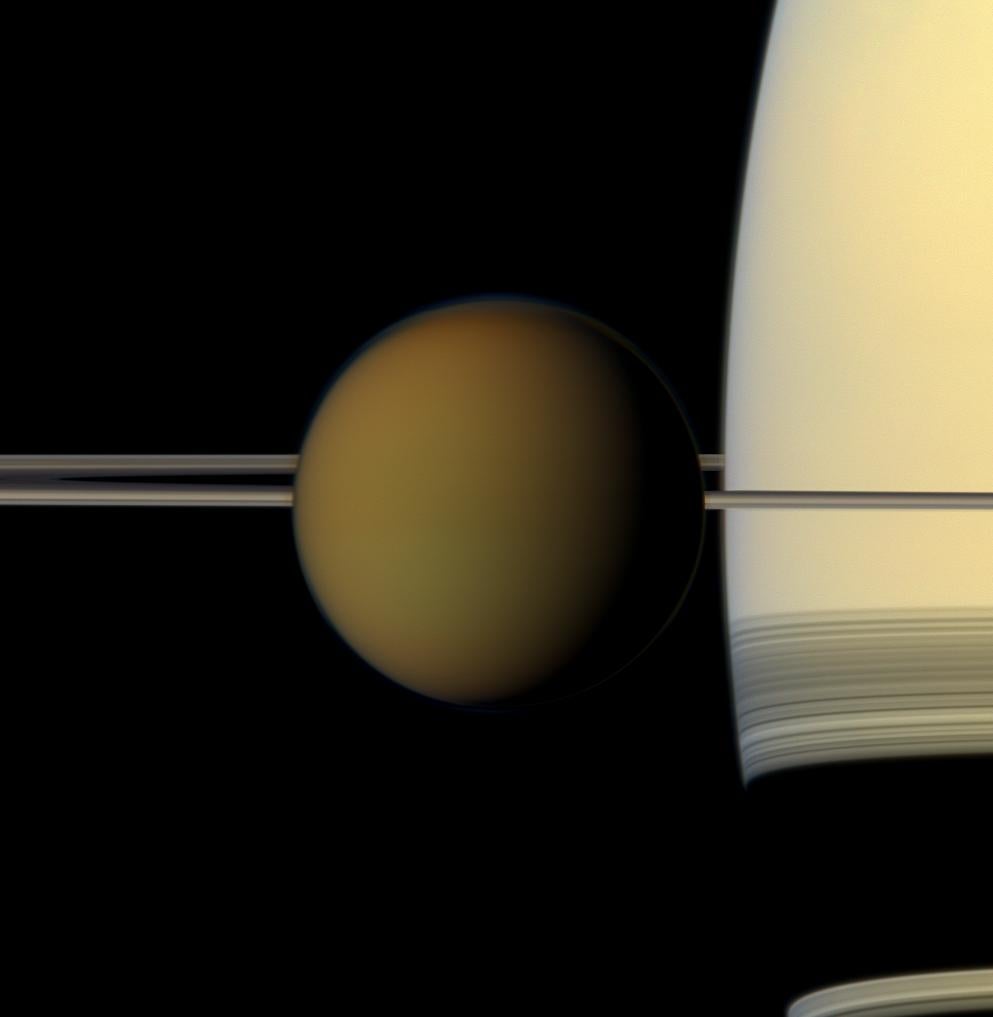If you consider each moon in our solar system, from the tiniest satellite to giant Ganymede, our planetary neighborhood is chock-full of crazy worlds to explore. And thanks to the Cassini mission, which has been orbiting Saturn since 2004, astronomers have been able to get detailed looks at many.
Titan, the ringed world’s largest moon, has received the most attention, and what Cassini has revealed has both excited and baffled planetary scientists: large rainstorms, river channels, and lakes all produced by liquid methane. Meanwhile, researchers have also received surprises from Saturn’s ninth satellite, Phoebe. Despite its smaller size, the moon is round and has a relatively high density, putting it in the club of planet-like bodies.
To learn more about these two Saturn satellites, check out Astronomy’s in-depth coverage below of each, “Does methane flow on Titan?” and “The weird world of Phoebe.”










